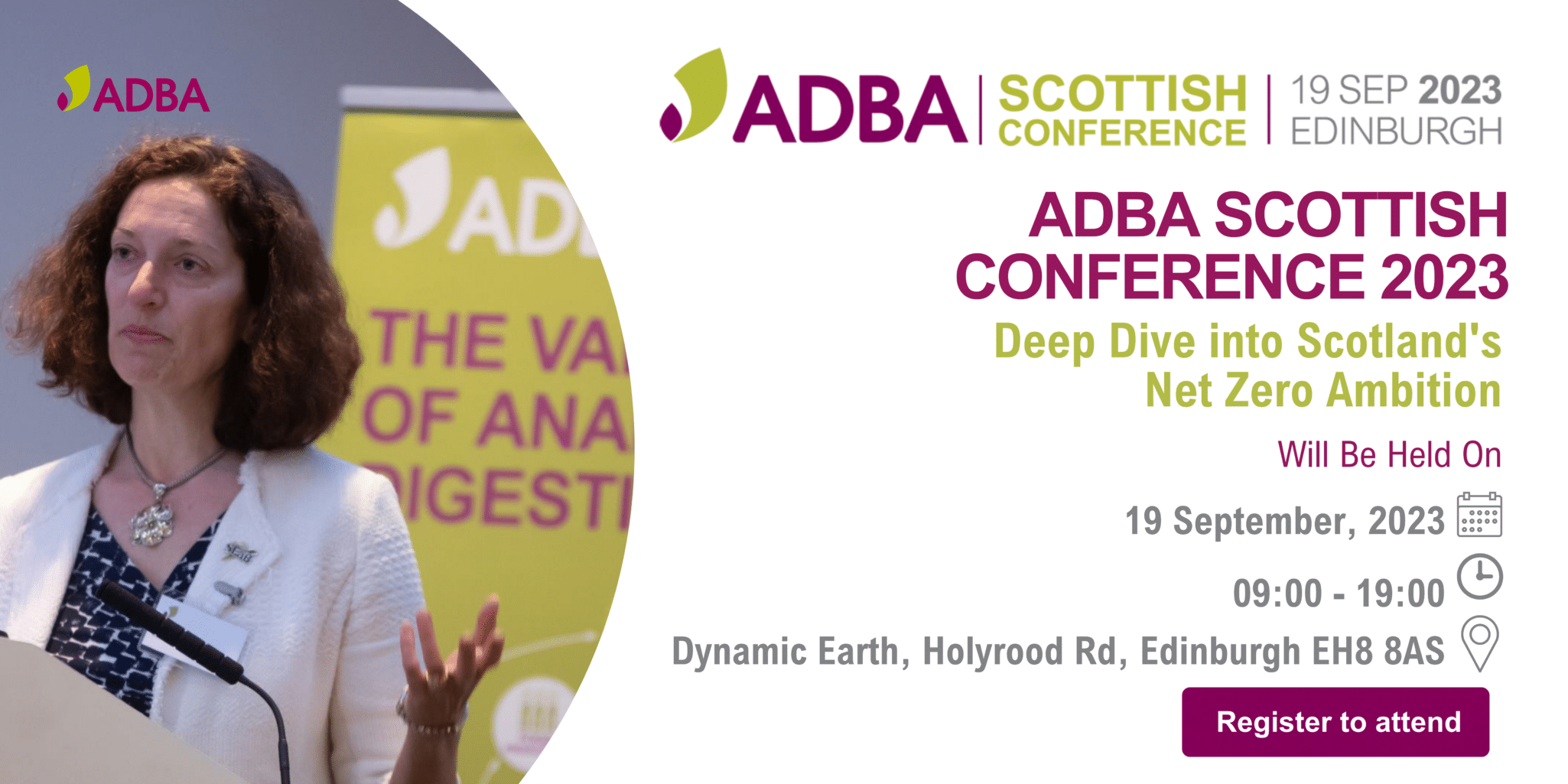A Sustainable Future in Action: Our visit to the Willen Biogas AD Plant On 26…
Core processors: will your next smartphone be made from food waste?
Anaerobic digestion (AD) already generates some of the electricity that recharges many of our smartphones, however, exciting new R&D led by an EU project, called PlasCarb, could soon see AD generating the graphene technology that both stores and maximises the power in your smartphone.
PlasCarb is currently researching how to transform food waste into graphitic carbon and, potentially, graphene; (graphene is the world’s thinnest material which was isolated in 2004 by two researchers at the University of Manchester). Together with an innovative low-energy plasma reactor, the project converts biogas generated by AD to graphitic carbon by splitting the resultant methane (CH4) into carbon and renewable hydrogen, from which the carbon could be upgraded to make graphene.
Head of Business & Projects for AD at CPI, Steven Broome, will be speaking on the project at ADBA’s 2015 R&D Forum on 14-15 April, at the University of Southampton. Commenting ahead of the event, Mr Broome said:
We’re currently working on enhancing the capabilities of – amongst other areas – lithium ion batteries used in smartphones, laptops and tablets – by incorporating graphite/graphene as an anode to manufacture much higher storage capacities offering improved longevity and charge rate.
The EU has designated graphite as one of the EU’s 14 economically critical raw materials which will be of significant importance in the development of future emerging technologies. Indeed, the increasing use of graphite in emerging technologies has fuelled the annual €10 million global graphite market, which is forecast to have grown at over five per cent per year between 2012 and 2016.
ADBA’s Chief Executive, Charlotte Morton, added:
Graphene is an extremely exciting example of the new emerging high value products that AD can offer. Potentially a revolutionary product for medicine (including cancer treatment), water purification, aircraft technology, road vehicles, defence equipment, sustainable food packaging as well as for communications technologies, including smartphones – graphene could help a huge range of sectors lower their carbon footprint, and provide exciting new markets for renewable gas.
Perhaps most importantly, the possibilities from graphene demonstrate the need to extract value from our food waste, which currently costs the average household about £500 each year and every food outlet about £10,000 per year. The potential value of food waste to new emerging technologies highlights the need for source segregated food waste collections.
Last year, we changed our name to reflect our widened remit, which now includes bioresources. We firmly believe that, as well as delivering reduced costs and increased outputs, emerging high value products offer new market and investment opportunities for the AD sector.



